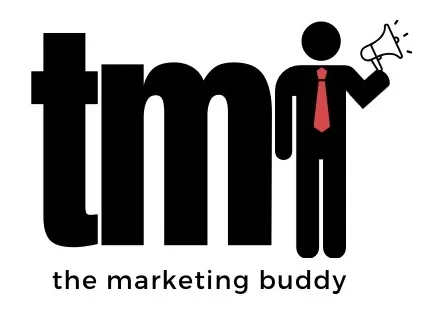Introduction
In today’s digital landscape, getting your website noticed among millions of others can be challenging. Google Ads provides a powerful way to drive high-quality traffic directly to your site, helping you reach potential customers right when they’re searching for products or services like yours. In this blog, we’ll explore how Google Ads works, the benefits of using it, and tips for maximizing your campaign’s impact.
Why Google Ads is Essential for Growing Your Online Presence
Google Ads gives businesses the unique advantage of targeting users based on their search intent. This means your ads are shown to people who are already looking for what you offer, which boosts the chances of attracting engaged visitors. Plus, with Google’s advanced targeting features, you can fine-tune your campaigns to reach specific demographics, locations, and devices, making it a highly effective tool for businesses of all sizes.
Key Components of a Successful Google Ads Campaign
1. Keyword Research and Selection
Keywords are the foundation of any Google Ads campaign. Use tools like Google Keyword Planner to find relevant, high-intent keywords that your target audience is likely to search for. Aim for a mix of short-tail and long-tail keywords to cover broader and more specific searches.
2. Ad Copy and Design
Your ad copy should be clear, engaging, and relevant to the keywords you’re targeting. Focus on highlighting unique benefits or offers that set your business apart. Use compelling calls to action (CTAs) to encourage clicks, and test different versions to find the most effective messaging.
3. Targeting and Segmentation
Take advantage of Google Ads’ robust targeting options. You can target specific geographic areas, age groups, interests, and even devices. By narrowing down your audience, you can ensure your ads reach the people most likely to convert, helping to maximize ROI.
4. Bid Strategy and Budget Management
Set a budget that aligns with your goals and choose a bidding strategy that suits your needs—whether it’s maximizing clicks, focusing on conversions, or targeting a specific cost per acquisition (CPA). Regularly monitor your budget and adjust as needed to get the best results.
5. Conversion Tracking and Optimization
To understand the success of your campaigns, set up conversion tracking to measure key actions, such as purchases, sign-ups, or contact form submissions. Use this data to refine your targeting, ad copy, and bidding strategies, continuously improving your campaign’s performance.
Best Practices for Getting the Most Out of Google Ads
• Start Small and Scale Gradually: Launch with a limited budget and increase spending as you gather data and identify what works best.
• Use A/B Testing: Test different versions of your ads to see which headlines, descriptions, and CTAs resonate most with your audience.
• Focus on Quality Score: Google rewards ads with a higher Quality Score, so focus on relevancy, landing page quality, and expected click-through rate.
• Optimize for Mobile Users: Ensure your ads and landing pages are mobile-friendly to capture traffic from mobile searches.
Recommended Tools for Google Ads Success
• Google Keyword Planner: Helps with keyword research and forecasting search volume.
• Google Analytics: Tracks visitor behavior and offers insights into how users interact with your site.
• Optmyzr: A tool for advanced bid and budget management that can automate aspects of Google Ads.
Common Challenges and How to Overcome Them
• High Competition and Cost per Click (CPC): In competitive industries, CPCs can be high. To manage this, focus on niche keywords, use ad scheduling, and prioritize long-tail keywords to reduce costs.
• Campaign Complexity: Google Ads offers a lot of customization, which can be overwhelming. Start with a simple setup, focus on your top goals, and gradually explore more features.
• Tracking Conversions: Accurately tracking conversions is essential but can be challenging. Use Google Tag Manager for easier implementation of tracking codes across your site.
Conclusion
Google Ads is a powerful tool for businesses looking to drive quality traffic and increase conversions. By investing time in keyword research, ad copywriting, targeting, and continuous optimization, you can ensure your campaigns reach the right audience at the right time. Google Ads may seem complex, but with consistent monitoring and adjustments, it can become a reliable source of high-quality traffic for your business.
Ready to see how Google Ads can benefit your business?
Contact us to discuss creating a custom Google Ads strategy that aligns with your goals.
Frequently Asked Questions
Q1: How quickly can I expect to see results from Google Ads?
A1: Google Ads can start generating traffic as soon as your campaign goes live, typically within hours. However, for optimal results, it’s best to allow time for data collection and continuous improvements.
Q2: How much should I budget for Google Ads?
A2: Your budget depends on your industry, goals, and competition. Start with a manageable budget (e.g., $500 per month) and adjust based on performance and ROI.
Q3: Can small businesses benefit from Google Ads?
A3: Yes, absolutely! Google Ads allows small businesses to target specific audiences, ensuring they reach potential customers without needing a large budget.


